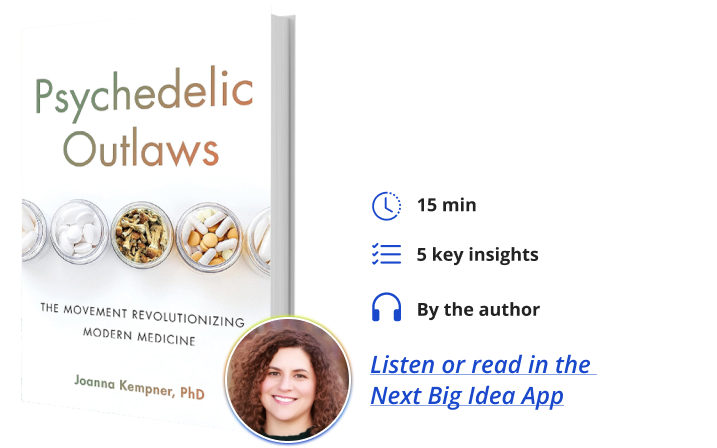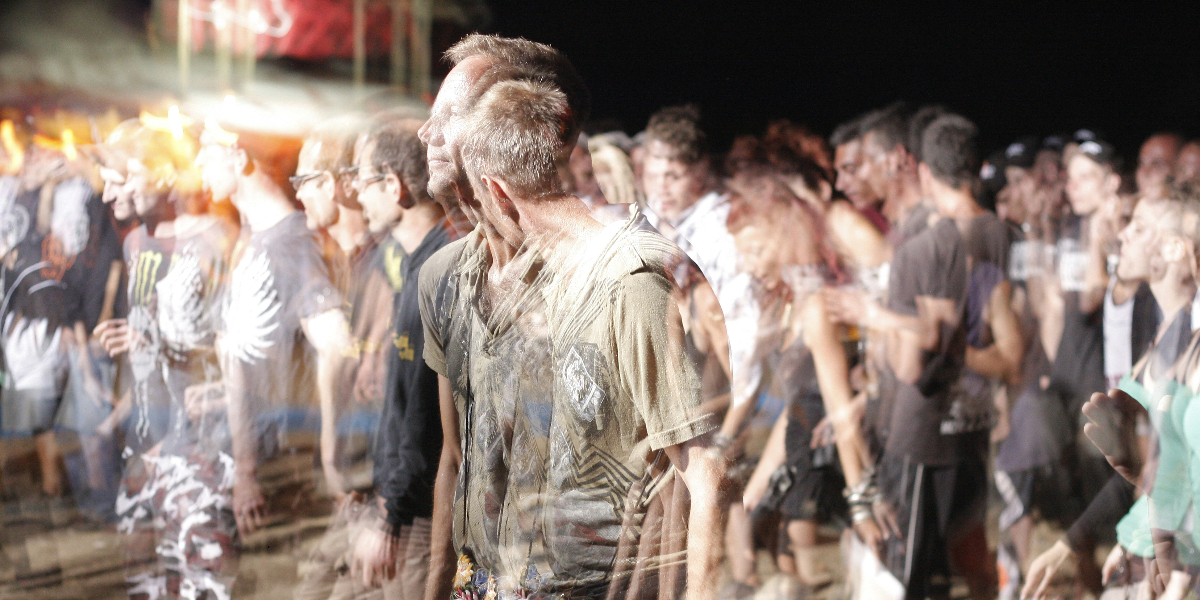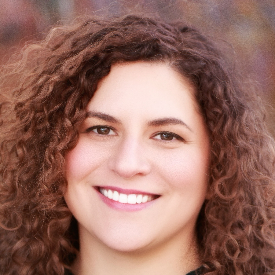Dr. Joanna Kempner is a professor in the Department of Sociology at Rutgers University and the award-winning author of Not Tonight: Migraine and the Politics of Gender and Health. Kempner’s research has been published in top journals, such as Science, PLoS Medicine, and Social Science & Medicine. Her work has also been featured in the Washington Post, New York Times, PBS Newshour, and the BBC.
Below, Joanna shares five key insights from her new book, Psychedelic Outlaws: The Movement Revolutionizing Modern Medicine. Listen to the audio version—read by Joanna herself—in the Next Big Idea App.

1. Psychedelics are back in a big way.
And I’m not just talking about the latest Dead & Company tour. The buzz is real: every day, new studies highlight the therapeutic potential of psychedelics for conditions ranging from depression and addiction to severe pain. Early on, private donors (many from the tech and corporate world) funded most of this research. But it’s now grown into a billion-dollar industry. You can even buy stock in dozens of psychedelic companies.
It took a while, but even the US Federal Government is turning on to the idea. As of now, the Food and Drug Administration is reviewing a submission for MDMA-assisted therapy to treat PTSD. If approved, doctors could soon prescribe the drug that you might remember as Ecstasy or Molly.
2. Outlaws are changing medicine.
Psychedelic medicine hasn’t followed the typical drug development process due to legal and ideological barriers. To understand how we got here, it helps to know that drug prohibition created a thriving underground where people experimented with LSD, MDMA, and magic mushrooms.
I only learned about the psychedelic underground in 2012 when I met Bob Wold. Bob told me that he used magic mushrooms to treat his cluster headaches—the most excruciating disease in the world. Clusterbusters, the patient support organization he founded, did something incredible. They began experimenting on themselves to develop a psychedelic protocol. Once they had the funding and data, they persuaded Harvard researchers to publish their work.
Their story gets pretty wild, but it turns out that the relationship that Clusterbusters forged with Harvard offers a reasonable model of how scientists work with “outlaws” like Bob to get psychedelic research done. So, while psychedelic scientists might get the credit, much of their research depends on innovation that happens out of sight.
3. Outlaws use psychedelics to survive medicine’s failures.
People break the law to find relief because they are desperate for care. Amid soaring rates of chronic pain and mental illness, many individuals face misdiagnoses, gaslighting, and ineffective treatments. It’s not surprising that surveys reveal the primary motivation for experimenting with psychedelics is health-related. Almost everyone I met said they’d much prefer to be a patient than an outlaw, but they were also willing to do whatever it took to survive.
“People break the law to find relief because they are desperate for care.”
Andrew Cleminshaw’s story is a stark example of the desperation that drives people to outlaw medicine. Andrew began experiencing cluster headaches in middle school. When his mom took him to the doctor, they dismissed his pain as stress-related: Maybe he was just being bullied—whatever was the gist of this medical appraisal.
Cluster headache attacks are no joke. They feel like a searing hot iron jammed into your eye. The intensity is worse than a gunshot wound or unmedicated labor, according to those who’ve experienced both. It’s so bad that nearly 70 percent of sufferers experience suicidal thoughts during attack cycles. The fact that it takes an average of five years to get a diagnosis is a travesty.
Andrew had no reference point for his pain. So, he just sat in class and tried to stay calm while experiencing the kind of agony that makes most adults scream for mercy. When Andrew was 17, his mom discovered Clusterbusters and learned about psychedelic medicine. Andrew credits it with saving his life. He’s not exaggerating. As he likes to say, “It was psychedelics or suicide.”
4. Psychedelics revolutionized headache medicine.
This isn’t Western medicine’s first ride on the psychedelic merry-go-round. In 1998, when the internet was still a wild frontier, a guy named “Flash” posted on an online forum for people with cluster headaches. His claim was that a low dose of magic mushrooms, taken twice a year, had completely stopped his pain.
Initially, everyone ignored him. The internet is full of strange ideas. But then, historical information surfaced that suggested Flash might be on to something. By now, many know that in the mid-20th century, psychiatrists had been studying LSD for mental and behavioral disorders and that many of these doctors thought that these substances had real promise. What’s less known is that psychedelics had already revolutionized headache medicine.
The pharmaceutical industry’s interest in using psychedelics for head pain dates to at least the late 19th century. That’s when drug developers learned that indigenous people were using peyote to treat headaches. Of course, indigenous knowledge of plant medicines goes back much, much further.
In the mid-20th century, Albert Hofmann, a Swiss biochemist at Sandoz Pharmaceuticals, accidentally discovered LSD while researching ergot, a toxic and hallucinogenic fungus with medicinal properties, one of which was the treatment of migraine. Few people realize that the same year he went on that famous bicycle ride, he also discovered another ergot derivative, DHE, which is still an important headache medicine.
“The pharmaceutical industry’s interest in using psychedelics for head pain dates to at least the late 19th century.”
By 1959, Sandoz had learned that LSD could potentially treat migraines. But the neurologist doing this research thought that the psychedelic effects of LSD were a bit much for his patients and that they might not be necessary. So, Sandoz sent him some of the non-hallucinogenic versions of LSD that Albert Hofmann had synthesized in his laboratory. That’s how we ended up with Sansert, a medicine used for decades to prevent both migraine and cluster headaches. Unfortunately, Sansert had a rare but serious side effect that limited its use.
This forgotten history underscores the urgent need to revisit the medical use of psychedelic substances not as a last resort but as a legitimate, research-backed option for difficult-to-treat health problems.
5. Psychedelics won’t change the world because they can’t. That’s up to us.
Bob Wold, the founder of Clusterbusters, said it best: “You can’t introduce transformative medicine into a broken healthcare system.”
Cluster headaches might be rare, but people’s struggle to get decent care is all too relatable. What good is an effective treatment if a doctor doesn’t believe you’re in pain? And how helpful is a miracle cure if insurance companies won’t cover its cost?
I studied Clusterbusters because their psychedelic innovation amazed me. But at the end of the day, their goal isn’t to legitimate psychedelics; it’s about getting basic healthcare to people in agonizing pain. Changing the world or revolutionizing the medical system can seem to be an insurmountable task, so, I’ll leave you with some of Bob’s hard-won wisdom:
Start small. Listen. Create an environment where it’s okay for someone to share their vulnerabilities. Pain isolates, but knowing you are not alone can make all the difference. Hope goes a long way. And while we work for a more just future, know that saving lives means we need to bring some care into this world.
To listen to the audio version read by author Joanna Kempner, download the Next Big Idea App today:
































